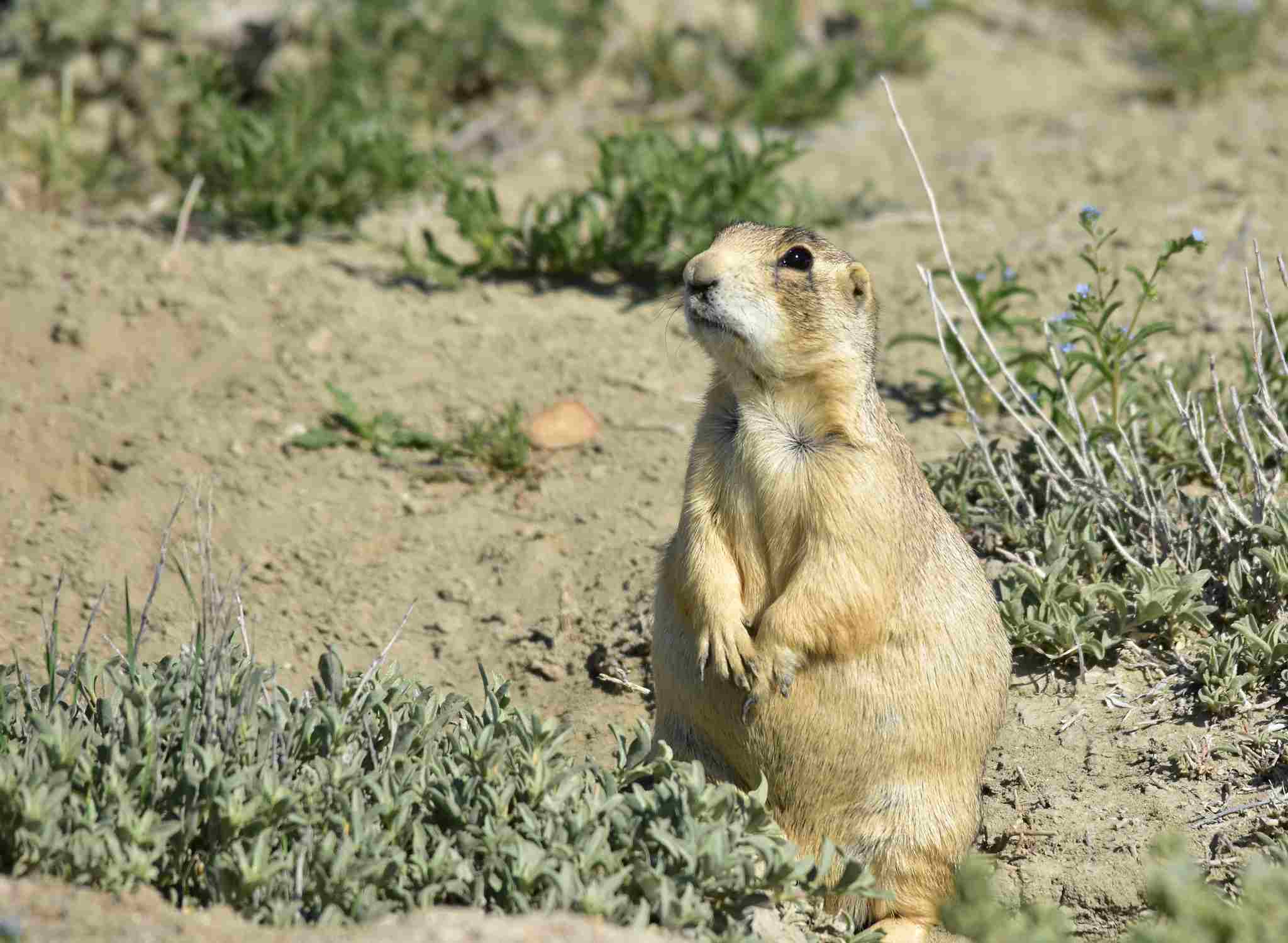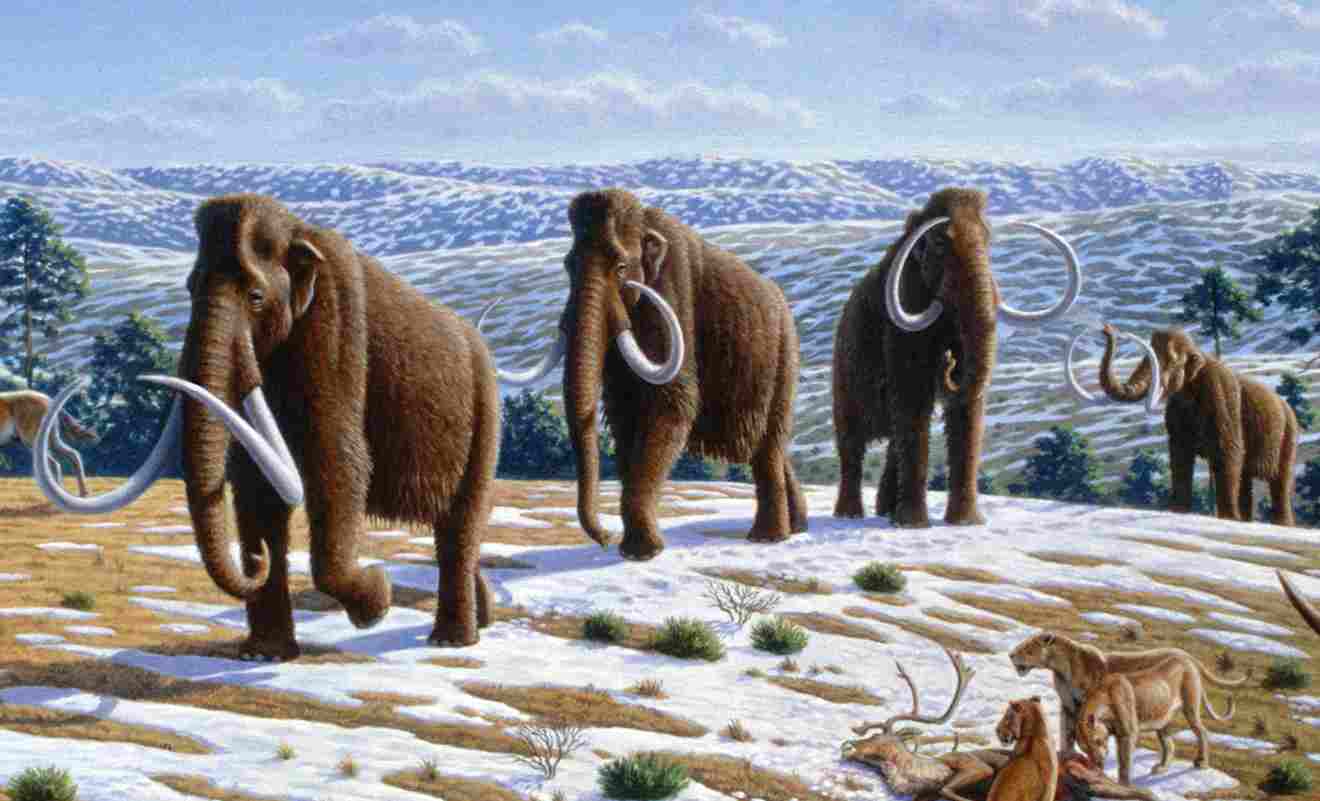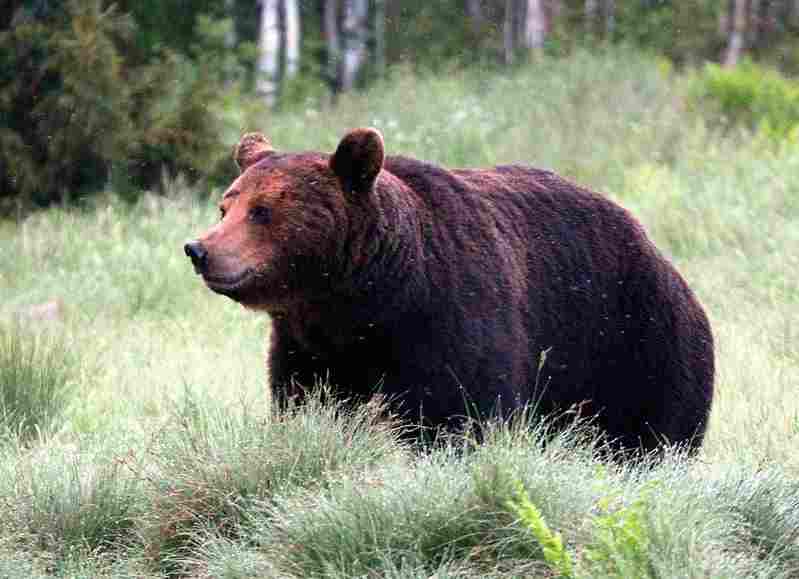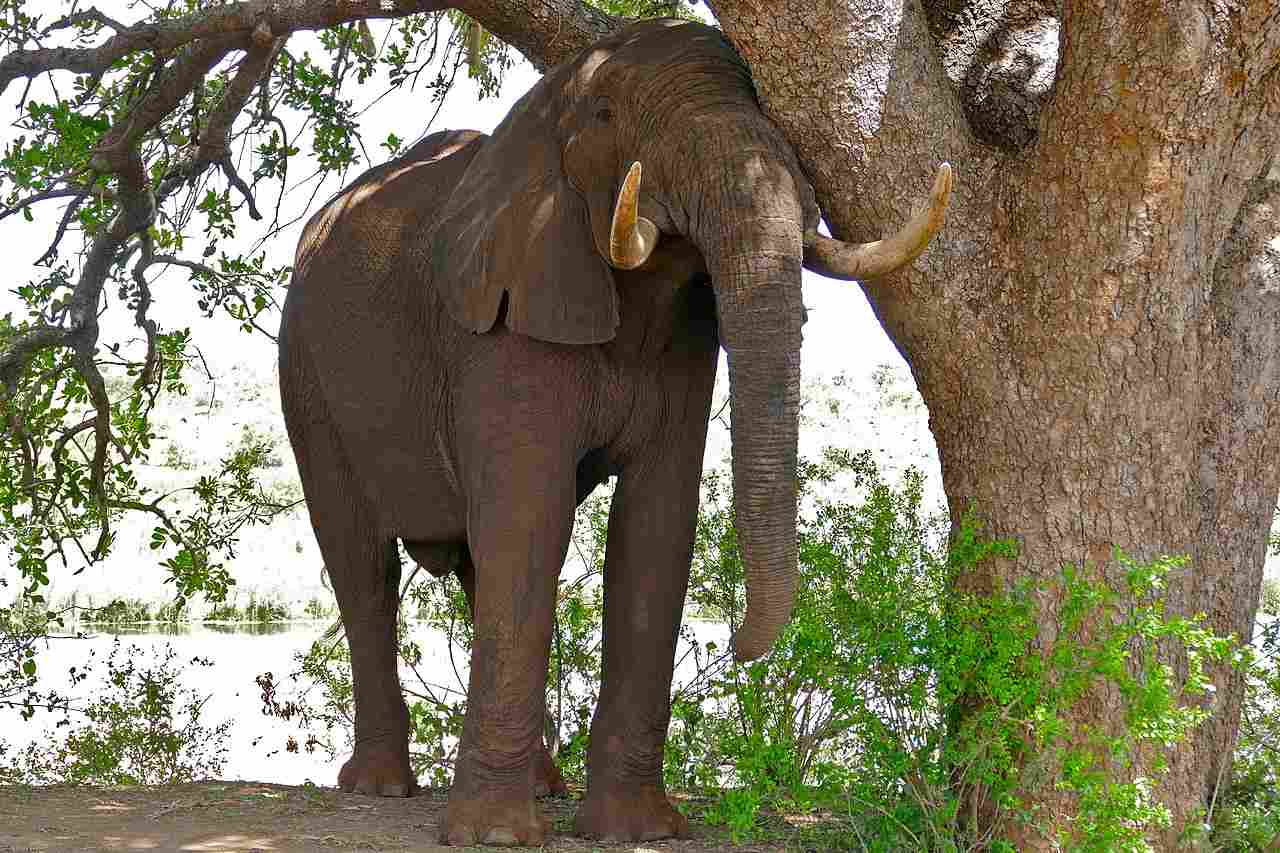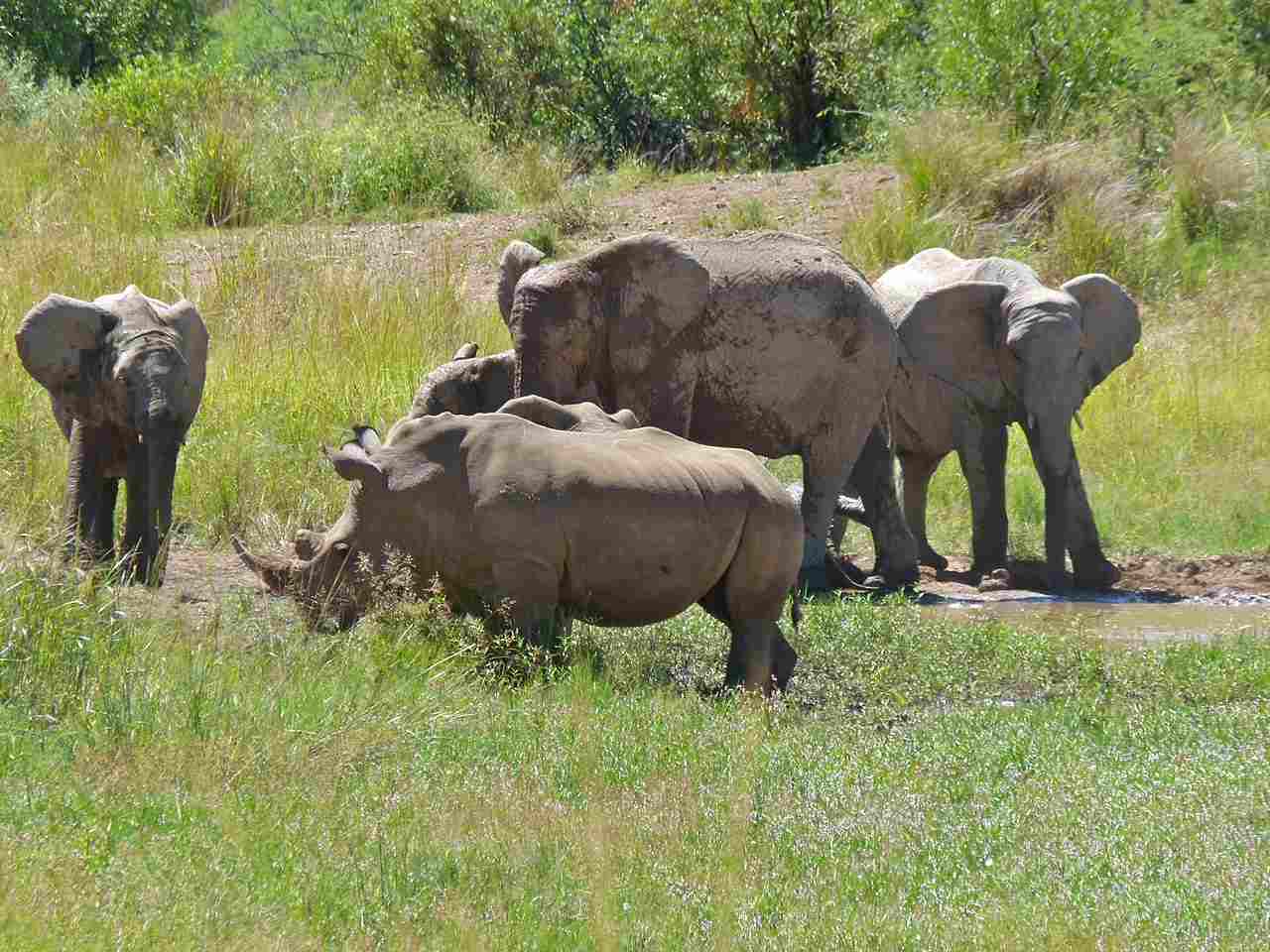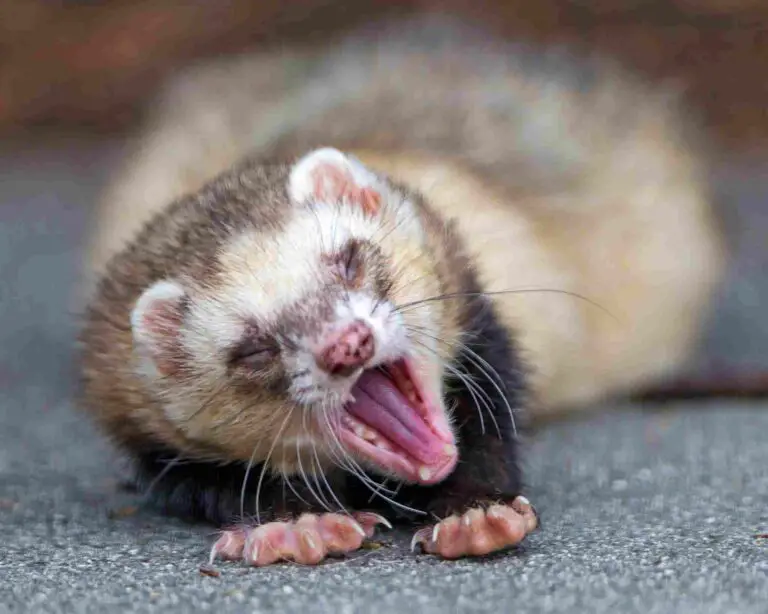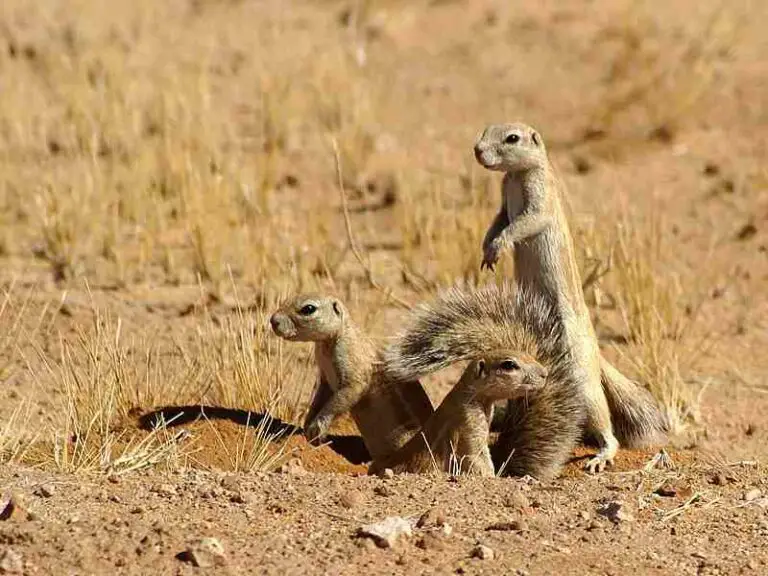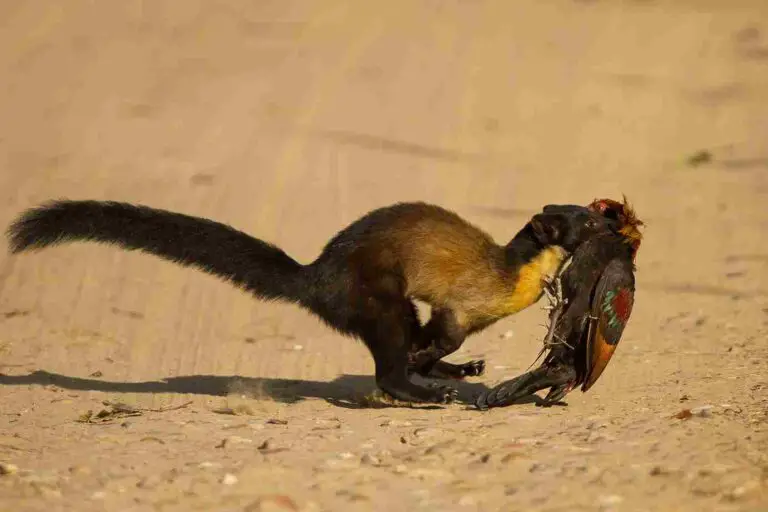Top 10 Most Dangerous Animals In The World (In Descending Order)
The top 10 most dangerous animals in the world are mosquitoes, humans, snakes, dogs, tsetse flies, crocodiles, hippopotamuses, elephants, freshwater snails, and scorpions. Mosquitoes top the list due to their role in transmitting deadly diseases, while humans are dangerous because of violence and environmental impact. Other animals, like snakes and crocodiles, pose direct threats through their aggressive behavior and venom, whereas creatures like freshwater snails and tsetse flies are dangerous due to the diseases they carry. Managing these dangers involves a combination of prevention, education, and effective response strategies.
1. Mosquitoes
Mosquitoes are not just annoying pests; they are the deadliest animals on Earth. These tiny insects are responsible for transmitting a variety of deadly diseases, including malaria, dengue fever, Zika virus, and chikungunya, among others. They thrive in warm and humid climates, often breeding in stagnant water, which makes them difficult to control. The World Health Organization estimates that mosquito-borne diseases kill hundreds of thousands of people every year, with malaria alone accounting for a significant proportion of these deaths.
The danger posed by mosquitoes extends far beyond the immediate threat of disease. Their ability to transmit viruses and parasites over vast distances makes them a significant global health risk. Efforts to combat mosquitoes include insecticide use, bed nets, and various forms of biological control. However, these measures face challenges such as resistance to insecticides and environmental concerns. The ongoing fight against mosquito-borne diseases requires international cooperation, continued research, and innovative strategies to reduce their impact on human health.
2. Humans
Humans are among the most dangerous animals due to their capacity for violence, war, and environmental destruction. Throughout history, human conflicts have led to millions of deaths, often involving advanced weaponry and large-scale violence. Aside from direct violence, humans also pose threats to other species through habitat destruction, overhunting, and pollution, contributing to biodiversity loss and climate change.
Beyond physical violence, humans impact global health through the spread of diseases, sometimes unwittingly. The interconnected nature of modern society has made it easier for diseases to travel across borders, leading to pandemics. Additionally, human activities like industrialization and deforestation are linked to climate change, which can indirectly cause human suffering and loss of life. Addressing the dangers posed by humans requires a combination of policy, education, and global cooperation.
3. Snakes
Snakes are responsible for a significant number of human fatalities each year, particularly in rural and agricultural areas where people and snakes often cross paths. The most venomous species, such as cobras, vipers, and taipans, can cause rapid death if not treated promptly. In many regions, access to antivenom is limited, leading to higher mortality rates from snakebites.
Snakes play a critical role in their ecosystems, helping control rodent populations and serving as prey for other animals. Despite their importance, fear and misunderstanding often lead to unnecessary killings of snakes, which can disrupt local ecosystems. Education about snake safety and improved access to medical care can help reduce the risks associated with snakebites.
4. Dogs (Domesticated and Feral)
Dogs, both domesticated and feral, can pose significant dangers to humans. While most domesticated dogs are loyal companions, some breeds are more aggressive and prone to attacking humans, especially when not properly trained or socialized. Dog attacks can lead to serious injuries and even death, with children and the elderly being the most vulnerable.
Feral dogs, on the other hand, can form packs and exhibit aggressive behavior, posing risks to both humans and wildlife. They can carry diseases such as rabies, which is deadly without prompt treatment. Addressing the dangers posed by dogs involves responsible pet ownership, proper training, and vaccination programs to prevent the spread of diseases like rabies.
5. Tsetse Flies

Tsetse flies are notorious for transmitting African trypanosomiasis, also known as sleeping sickness, a disease that can be fatal without treatment. These flies are found in sub-Saharan Africa, primarily in rural areas where livestock and humans are at risk of being bitten. Sleeping sickness can cause severe neurological symptoms and, if untreated, eventually leads to coma and death.
Controlling tsetse fly populations is challenging due to their wide distribution and ability to breed in various environments. Efforts to combat sleeping sickness focus on early diagnosis, medical treatment, and vector control through insecticides and traps. Raising awareness about tsetse fly risks and promoting preventive measures are key to reducing the incidence of sleeping sickness in affected regions.
6. Crocodiles
Crocodiles are apex predators with powerful jaws and a reputation for being aggressive. Found in tropical and subtropical regions, they are responsible for numerous attacks on humans each year. Crocodiles are known to be highly territorial, and their ability to remain hidden in water makes them particularly dangerous near rivers and lakes.
Human-crocodile conflicts often occur in areas where people rely on freshwater sources for daily activities such as fishing, bathing, or washing. Efforts to reduce crocodile attacks include creating barriers, raising awareness about crocodile habitats, and relocating aggressive crocodiles. These measures help minimize the risks to humans while preserving crocodile populations in their natural environments.
7. Hippopotamuses
Despite their herbivorous diet, hippopotamuses are among the most aggressive animals in the world. They are responsible for more human deaths in Africa than many other large animals, including lions and elephants. Hippos can be extremely territorial and will attack boats or people who venture too close to their territory in rivers and lakes.
The threat posed by hippos is exacerbated by their size, strength, and ability to move quickly on land and in water. Conservation efforts aim to balance the need to protect human lives with preserving hippo populations, which are crucial to their ecosystems. Measures to prevent hippo attacks include education on hippo behavior and creating safe distances between human activities and hippo habitats.
8. Elephants
Elephants, while often seen as gentle giants, can be highly dangerous when they feel threatened or when their habitats are encroached upon. In regions where human-elephant conflicts are common, elephants can cause significant property damage and loss of life. They are also known to raid crops, leading to economic losses for farmers and further intensifying conflicts.
Addressing human-elephant conflicts involves creating buffer zones and promoting peaceful coexistence between humans and elephants. Conservationists work to ensure elephants have sufficient habitat to prevent encroachment, while also educating local communities on how to safely interact with elephants. These efforts are crucial to preserving elephant populations while reducing the dangers they pose to humans.
9. Freshwater Snails (Due to Parasitic Diseases)
Freshwater snails may seem harmless, but they are carriers of parasites that cause schistosomiasis, a disease affecting millions of people worldwide. Schistosomiasis can lead to severe health issues, including liver and kidney damage, and if left untreated, it can be fatal. These snails are commonly found in tropical and subtropical regions where people rely on freshwater sources for drinking, bathing, and farming.
The transmission of schistosomiasis occurs when people come into contact with water contaminated with the parasites released by infected snails. Efforts to control the spread of this disease include treating infected individuals, reducing snail populations through chemical agents, and promoting safe water practices. Raising awareness about schistosomiasis risks and providing access to medical care are essential for combating this parasitic disease.
10. Scorpions
Scorpions are known for their venomous stings, which can be extremely painful and, in some cases, deadly. They are commonly found in arid and semi-arid regions, hiding under rocks, debris, or in homes. The severity of a scorpion sting depends on the species, with some causing mild symptoms and others leading to severe reactions, including respiratory failure and death.
Children and the elderly are at greater risk from scorpion stings, and access to antivenom is critical for treatment. Efforts to prevent scorpion stings involve educating people about scorpion habitats and implementing safety measures, such as sealing homes and removing debris where scorpions might hide. These steps help reduce the risks associated with scorpions while preserving their role in the ecosystem.
*Summary
-
Mosquitoes: Transmit diseases like malaria and dengue; leading cause of global fatalities.
-
Humans: Pose dangers through violence, war, environmental destruction, and spread of diseases.
-
Snakes: Responsible for many deaths; lack of antivenom access worsens the risk.
-
Dogs: Domesticated and feral dogs can attack humans and spread diseases like rabies.
-
Tsetse Flies: Transmit sleeping sickness; control efforts focus on reducing populations and early diagnosis.
-
Crocodiles: Highly territorial; dangerous near freshwater sources; preventive measures aim to reduce human-crocodile conflicts.
-
Hippopotamuses: Aggressive and responsible for many human deaths in Africa; require measures to promote coexistence.
-
Elephants: Can be dangerous when threatened; human-elephant conflicts often involve property damage and crop raiding.
-
Freshwater Snails: Carriers of parasites that cause schistosomiasis; control efforts focus on reducing snail populations and promoting safe water practices.
-
Scorpions: Venomous stings; can be fatal; prevention involves reducing scorpion habitats and providing access to antivenom.
| Animal | Danger/Risks |
| Mosquitoes |
Transmit deadly diseases; leading cause of global fatalities
|
| Humans |
Violence, war, environmental destruction, spread of diseases
|
| Snakes |
High mortality from bites; lack of antivenom exacerbates the risk
|
| Dogs |
Attacks by domesticated and feral dogs; spread of rabies
|
| Tsetse Flies |
Transmit sleeping sickness; focus on reducing fly populations
|
| Crocodiles |
Territorial; dangerous in and around water sources
|
| Hippopotamuses |
Aggressive; responsible for many human deaths in Africa
|
| Elephants |
Dangerous when threatened; cause property damage and crop raiding
|
| Freshwater Snails |
Cause schistosomiasis through parasitic transmission
|
| Scorpions |
Venomous stings; prevention involves controlling habitats and access to antivenom
|

